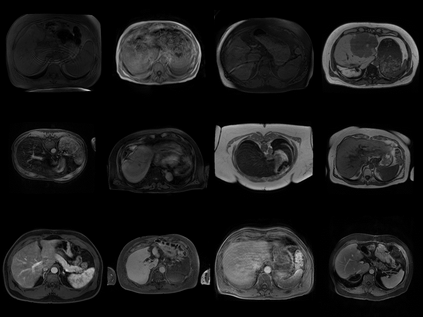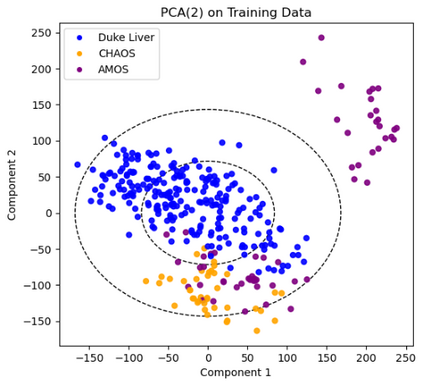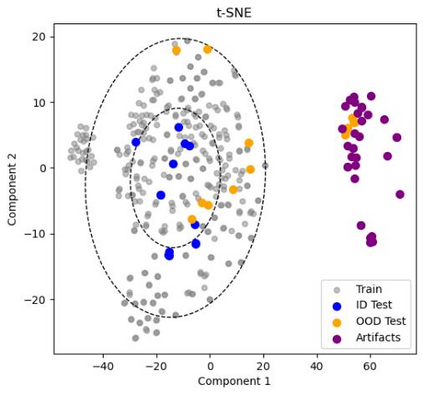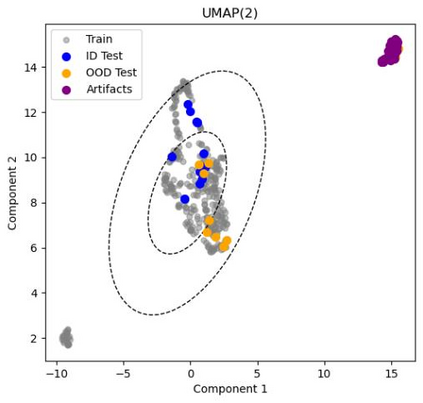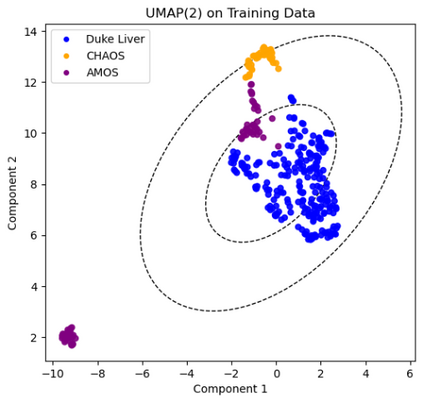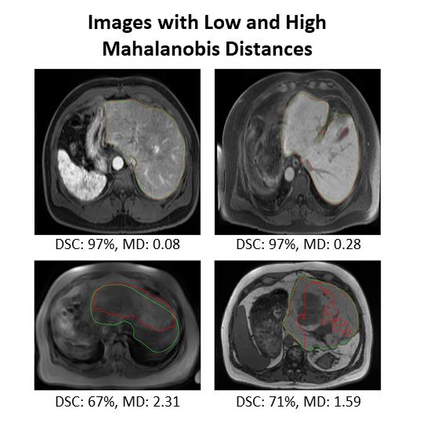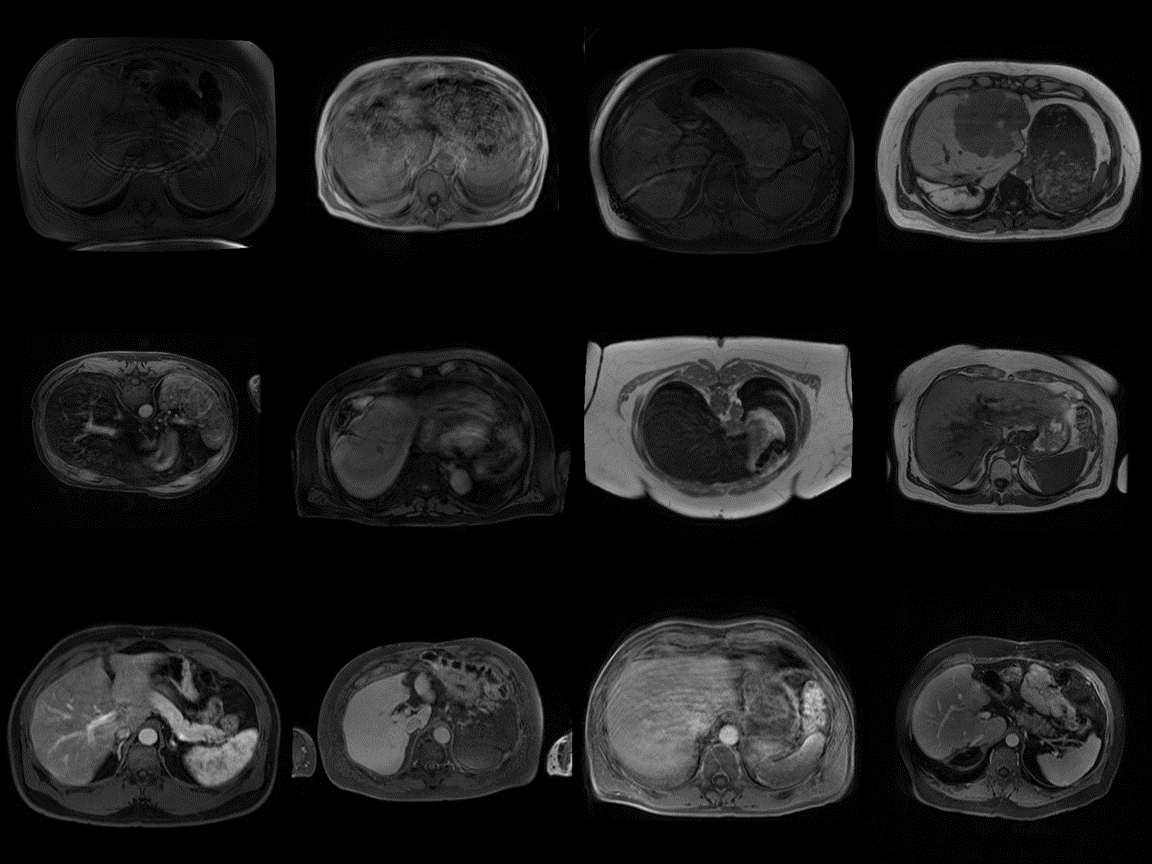
Clinically deployed segmentation models are known to fail on data outside of their training distribution. As these models perform well on most cases, it is imperative to detect out-of-distribution (OOD) images at inference to protect against automation bias. This work applies the Mahalanobis distance post hoc to the bottleneck features of a Swin UNETR model that segments the liver on T1-weighted magnetic resonance imaging. By reducing the dimensions of the bottleneck features with principal component analysis, OOD images were detected with high performance and minimal computational load.
翻译:暂无翻译
相关内容
专知会员服务
34+阅读 · 2019年10月18日
专知会员服务
36+阅读 · 2019年10月17日
Arxiv
0+阅读 · 2023年9月25日
Arxiv
0+阅读 · 2023年9月22日
Arxiv
13+阅读 · 2018年1月18日
